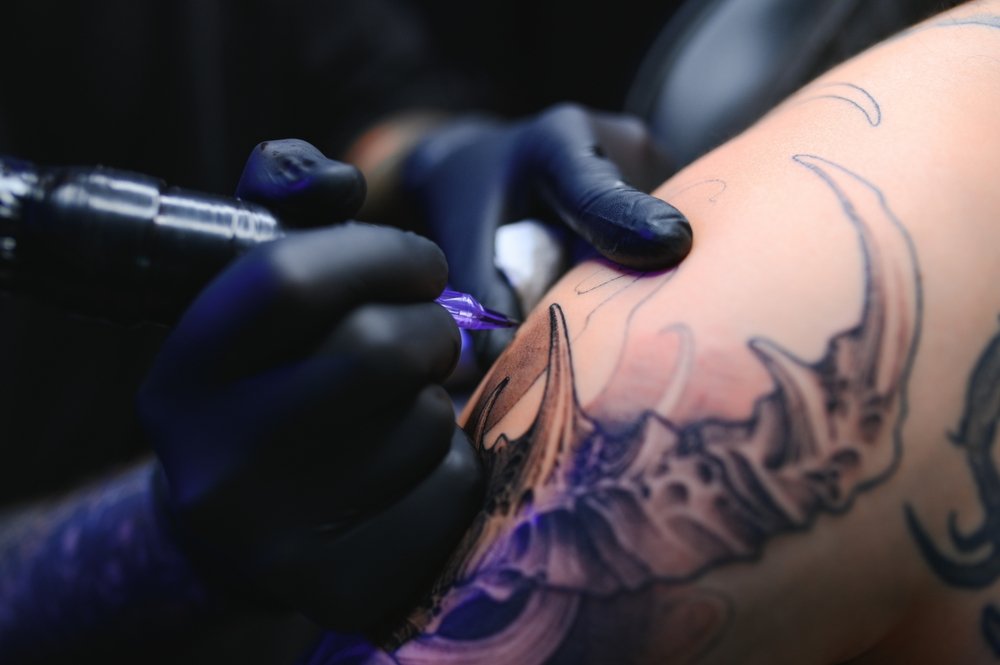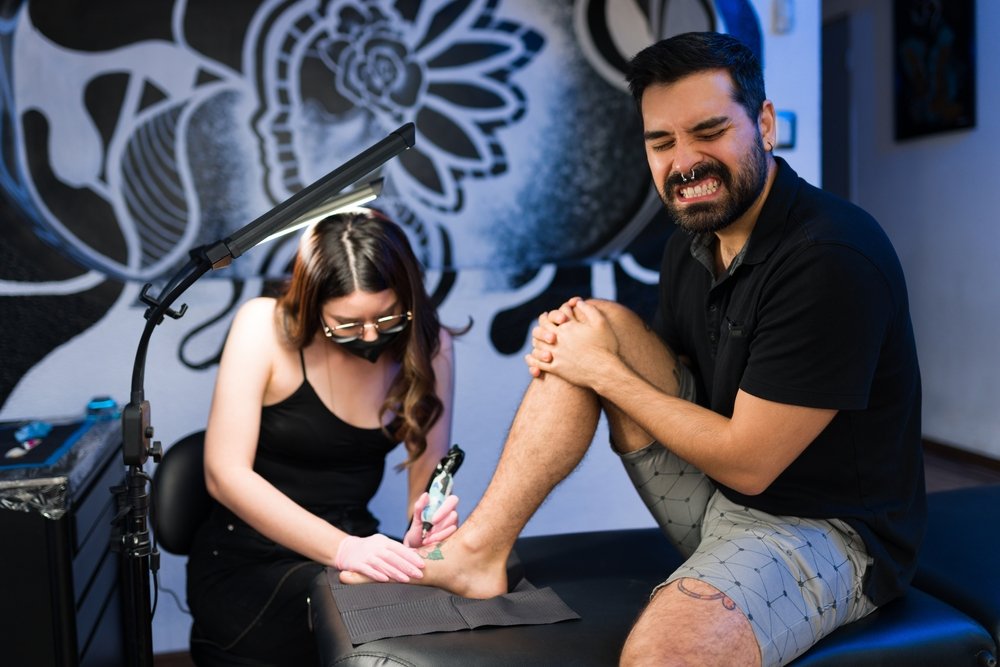Body piercings are a popular form of self-expression, allowing individuals to adorn their bodies with jewelry that reflects their personal style. However, like any body modification, proper aftercare is crucial to ensure safe healing and to prevent complications such as infections, scarring, or rejection. This detailed guide provides everything you need to know about body piercing aftercare, from the initial cleaning process to long-term maintenance tips.
Understanding the Healing Process
Before diving into aftercare, it’s important to understand the typical healing process for body piercings. The healing time can vary greatly depending on the location of the piercing, your body’s individual healing capabilities, and how well you follow aftercare instructions.
- Initial Healing Stage:
- Timeframe: The first few days to weeks.
- What Happens: The body recognizes the piercing as a wound and begins to form a protective layer of tissue around the jewelry. During this time, you may experience redness, swelling, and tenderness.
- Care Tips: Avoid touching the piercing with unwashed hands, and be gentle when cleaning the area.
- Middle Healing Stage:
- Timeframe: Several weeks to months.
- What Happens: The piercing starts to settle, with reduced swelling and discomfort. However, it is still vulnerable to irritation and infection.
- Care Tips: Continue regular cleaning, avoid changing the jewelry prematurely, and be mindful of clothing or activities that may irritate the piercing.
- Final Healing Stage:
- Timeframe: Several months to a year.
- What Happens: The piercing is fully healed, with the skin around the jewelry becoming stronger and less prone to infection. However, even after full healing, it’s essential to care for the piercing to maintain its health and appearance.
- Care Tips: Regularly check the piercing for signs of irritation, and avoid exposing it to harsh chemicals.
Essential Aftercare Routine
The key to a smooth healing process lies in a consistent and careful aftercare routine. Here’s how to properly care for your new piercing:
- Cleaning Solution:
- What to Use: Use a saline solution (a mixture of non-iodized sea salt and warm distilled water) or a sterile saline wound wash. You can make your own saline solution by mixing 1/4 teaspoon of sea salt into 8 ounces of warm water, but using a pre-made saline solution ensures the correct concentration and sterility.
- Avoid: Do not use alcohol, hydrogen peroxide, or any harsh chemicals, as these can dry out and irritate the piercing.
- Cleaning Steps:
- Frequency: Clean the piercing twice a day during the initial healing stage.
- Process:
- Wash your hands thoroughly with soap and water before touching the piercing.
- Soak a clean cotton pad or gauze in the saline solution.
- Gently apply the saline-soaked pad to the piercing, holding it in place for a few minutes to soften any crusted discharge.
- Carefully remove the pad and rinse the area with clean water to remove any salt residue.
- Pat the area dry with a clean, disposable paper towel. Avoid using cloth towels, as they can harbor bacteria.
- Avoid Touching and Twisting:
- Resist the urge to touch, twist, or fiddle with the jewelry, as this can introduce bacteria and irritate the piercing. Only touch the piercing with clean hands when necessary for cleaning.
What to Expect During Healing
It’s important to know what’s normal during the healing process and what might be a sign of trouble. Here’s what to expect:
- Normal Symptoms:
- Redness and Swelling: Mild redness and swelling are typical in the first few days.
- Discharge: Clear or slightly yellow discharge is normal as the body heals. This may form a crust around the jewelry.
- Itching: Mild itching can occur as the skin heals.
- Potential Issues:
- Infection Signs: Persistent redness, warmth, severe pain, or green/yellow discharge with a foul odor may indicate an infection. Seek professional advice if you notice these signs.
- Rejection: If the jewelry starts to migrate towards the surface of the skin or if the skin around the piercing thins, this may indicate rejection. Consult with your piercer if you suspect rejection.
Long-Term Care and Maintenance
Once your piercing is fully healed, ongoing care is important to keep it looking its best and to avoid complications:
- Regular Cleaning:
- Even after healing, continue to clean the piercing occasionally to prevent buildup of oils, dirt, and bacteria.
- Jewelry Considerations:
- Choose high-quality jewelry made from materials like surgical steel, titanium, or gold to reduce the risk of allergic reactions or irritation. Avoid cheap, low-quality metals that can cause problems.
- Sun and Chemical Exposure:
- Protect your piercing from excessive sun exposure, chlorine in swimming pools, and harsh chemicals found in personal care products. These can irritate the skin and affect the piercing.
- Changing Jewelry:
- When changing jewelry, make sure your hands and the new jewelry are clean. Avoid forcing the jewelry if it doesn’t go in easily; consult a professional piercer if you encounter difficulties.
- Monitor for Changes:
- Regularly check your piercing for signs of irritation, such as redness, swelling, or discomfort. Early intervention can prevent minor issues from becoming major problems.
Common Mistakes to Avoid
To ensure your piercing heals properly, avoid these common mistakes:
- Over-Cleaning:
- Cleaning too often or using harsh chemicals can irritate the skin and slow down the healing process.
- Using the Wrong Products:
- Avoid using alcohol, hydrogen peroxide, or ointments like Neosporin, as these can be too harsh and disrupt the healing process.
- Removing Jewelry Prematurely:
- Removing the jewelry too soon can cause the piercing to close or introduce bacteria. Always wait until the piercing is fully healed before changing jewelry.
- Ignoring Symptoms of Infection:
- If you notice signs of infection, such as increased redness, swelling, or discharge, don’t wait—seek professional advice immediately.
When to Seek Professional Help
If you experience any of the following issues, it’s important to seek help from a professional piercer or healthcare provider:
- Severe Pain or Swelling:
- Pain and swelling that doesn’t subside after a few days may indicate a problem.
- Persistent Redness or Warmth:
- These could be signs of an infection that requires treatment.
- Unusual Discharge:
- Green, yellow, or foul-smelling discharge is not normal and should be evaluated by a professional.
- Jewelry Rejection or Migration:
- If your jewelry seems to be moving or the skin around it is thinning, consult with your piercer to address the issue.
Conclusion
Proper aftercare is essential for ensuring that your body piercing heals safely and looks beautiful for years to come. By following a consistent cleaning routine, avoiding common mistakes, and monitoring the piercing for any signs of trouble, you can enjoy your new body art without complications. Remember, if you ever have concerns about your piercing, it’s always best to seek advice from a professional piercer or healthcare provider. At The City Tattoo, we’re here to support you every step of the way, from the initial piercing to long-term care and maintenance.




